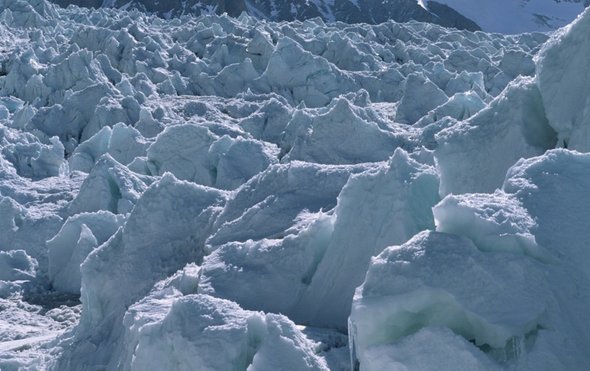Hi, I'm Scientific American podcast editor Steve Mirsky. And here's a short piece from the April issue of the magazine, in the section we call Advances: Dispatches from the Frontiers of Science, Technology and Medicine:
Glacial Sprint by Katherine Kornei
Most glaciers creep along at a pace that is, well, glacial. But one in northern Pakistan breaks into a gallop with astounding speed and regularity: Khurdopin glacier "surges" every two decades, moving roughly 1,500 times its normal pace. This sends ice tumbling into a nearby river, damming it to create a temporary lake that can suddenly inundate nearby villages. Now scientists in Europe have used new high-resolution satellite data to study Khurdopin before and during its most recent surge in 2017, revealing how the event developed on a near daily basis, in unprecedented detail. The observations are critical to monitoring the glacier's hazards and could help to predict when flooding might occur next.
About 1 percent of the world's glaciers exhibit such sudden and large bursts of speed. Jakob Steiner, a geoscientist at Utrecht University in the Netherlands, who led the study said, "It's not 100 percent clear why some glaciers surge and others don't." Some scientists think water permeates a glacier's base and acts as a lubricant to promote sliding. Sediments between a glacier and the ground may also facilitate slippage.

Steiner and his team analyzed new satellite images of Khurdopin that revealed features as small as three meters across. As snow accumulated on the high-elevation end of the 41-kilometer river of ice, the crushing pressure changed the structure of the water molecules, causing the ice to melt at lower temperatures and allowing the mass to suddenly shift. Khurdopin surged up to 20 meters a day in May 2017, creating a lake that grew to 30 times its size before draining and washing away roads, bridges and farmland, the scientists reported in January in The Cryosphere.
Steiner and his colleagues plan to return to Pakistan this year to continue installing temperature and rain sensors around Khurdopin and training area residents to monitor the glacier and its transient lake.
That was Glacial Sprint by Katherine Kornei.












